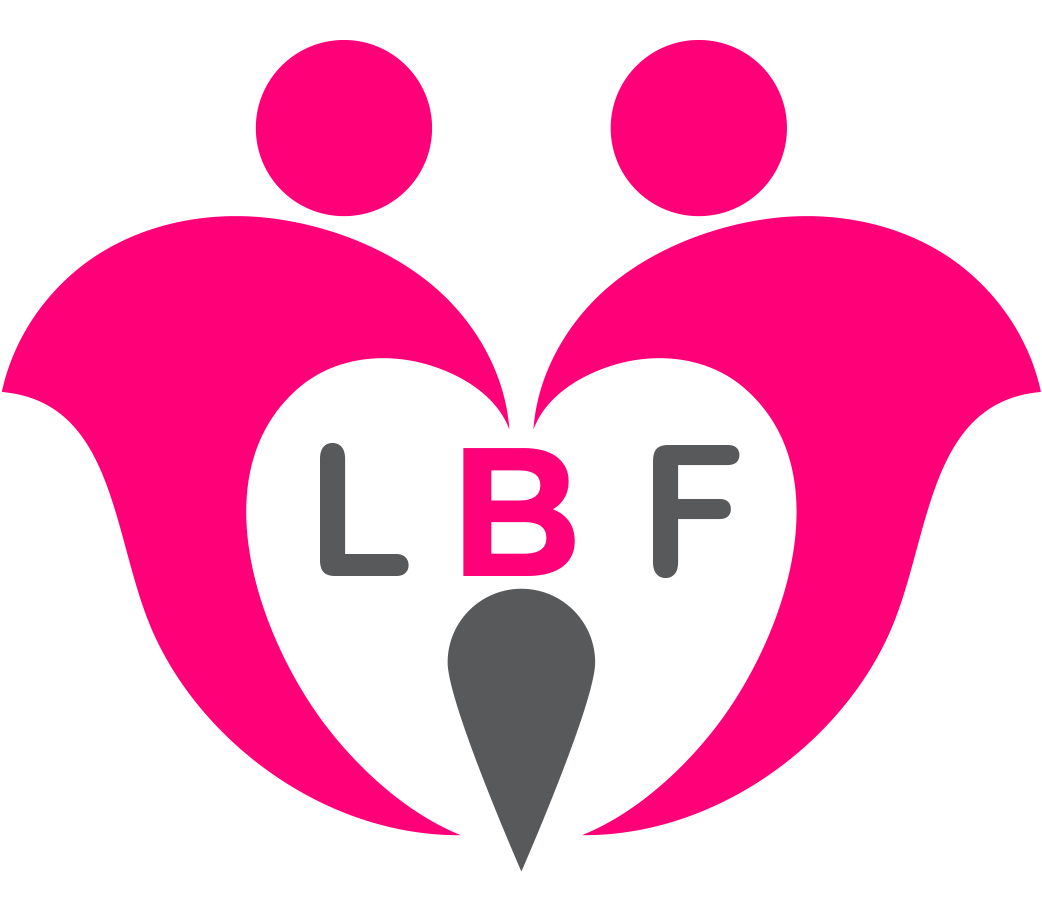Proper Latching: The Key to Successful Breastfeeding
Proper latching is crucial for the success of breastfeeding, contributing significantly to both effective milk transfer and the prevention of nipple pain and damage for the mother. Achieving a good latch ensures that the baby receives sufficient milk for growth and development while the mother avoids common breastfeeding issues such as sore nipples and blocked ducts.
To achieve a good latch, certain steps should be followed meticulously. Firstly, the baby’s mouth should be wide open, resembling a yawn. This allows the baby to take in not just the nipple but also a larger portion of the areola. The baby’s lips should be flanged out, covering more of the breast and creating a seal that facilitates effective sucking.
Positioning is another critical factor. Placing the baby belly-to-belly with the mother ensures alignment, making it easier for the baby to latch on correctly. The mother can support the baby’s head and neck with her hand, bringing the baby gently but firmly to her breast. The chin should only touch the breast, and the nose should remain free for easy breathing.
Identifying a poor latch is essential to address issues promptly. Signs of an improper latch include the baby’s lips tucked inward, sucking in a shallow manner, or clicking sounds while nursing. Corrective actions can help; these include detaching the baby gently using a clean finger and reattempting the latch or trying different breastfeeding positions for better alignment.
Positive indicators of a good latch include rhythmic sucking patterns interspersed with swallowing sounds, an absence of maternal pain, and the baby appearing content post-feeding. For mothers who struggle initially, seeking the guidance of a lactation consultant can provide personalized advice and support, helping to troubleshoot specific challenges and improving breastfeeding techniques.
Exploring Different Breastfeeding Positions for Comfort and Efficiency
Effective breastfeeding hinges on mastering various positions that promote both comfort and efficiency. Here are some tried-and-tested positions along with detailed instructions on how to achieve them:
Cradle Hold
The cradle hold is one of the most traditional and commonly used breastfeeding positions. To achieve this position, sit comfortably with your back well-supported. Place your baby’s head in the crook of your arm, with their body facing yours. Support their bottom with your other hand. Ensure your baby’s mouth is level with your nipple. This position offers close bonding but might be challenging for new mothers to maintain latch consistency.
Cross-Cradle Hold
The cross-cradle hold is similar to the cradle hold but offers more control over your baby’s head. You will use the arm opposite the breast you are feeding from to support your baby. Use the hand on the same side as your nursing breast to hold and guide your breast. This position can be particularly beneficial for newborns or premature babies who need extra guidance to latch properly.
Football Hold
The football hold involves tucking your baby under your arm (like a football), ensuring their body is along your side. Support their neck and shoulders with your hand, guiding them to latch. This position is particularly advantageous for mothers with larger breasts, those recovering from C-sections, or if you have twins you need to breastfeed simultaneously. While it might seem awkward at first, pillows can provide essential support and enhance comfort.
Side-Lying Position
The side-lying position allows both mother and baby to lie down, facing each other. This can be particularly useful during nighttime feedings. Lie on your side with a pillow supporting your head, and align your baby next to you, ensuring their mouth is level with your nipple. Use your arm to guide and support your baby’s head as they latch. While this position is comfortable and restful, ensuring proper alignment is key to prevent latch issues.
Ensuring Comfort
Comfort for both mother and baby is paramount during breastfeeding. Mothers should experiment with multiple positions to identify what works best for them and their baby. Utilizing tools such as pillows for support, proper backrests, and footstools can significantly enhance positioning and alleviate discomfort. Pay attention to your body’s signals and make adjustments as needed to maintain an enjoyable breastfeeding experience.
